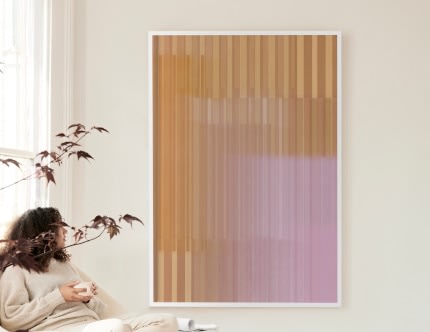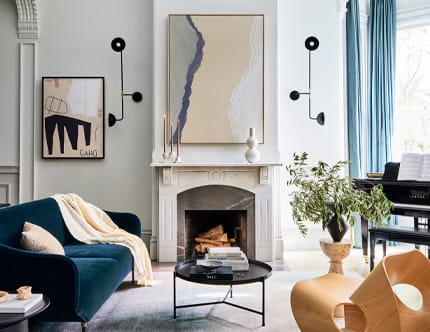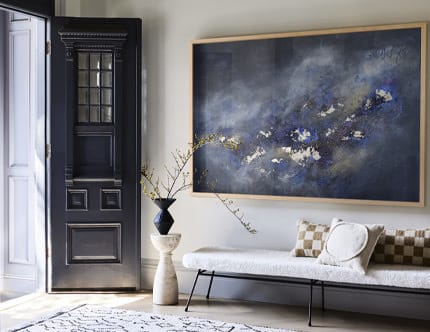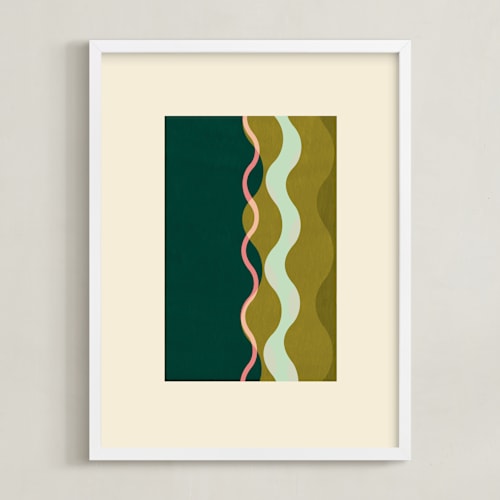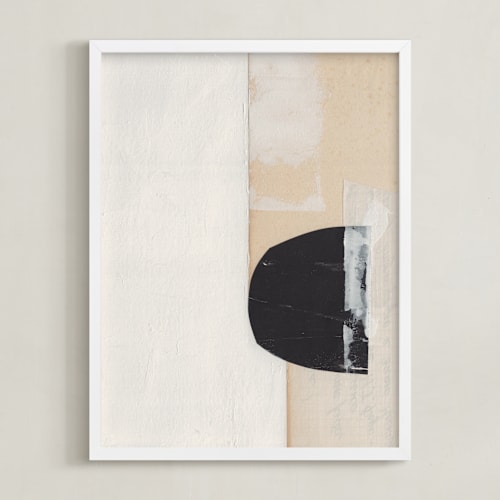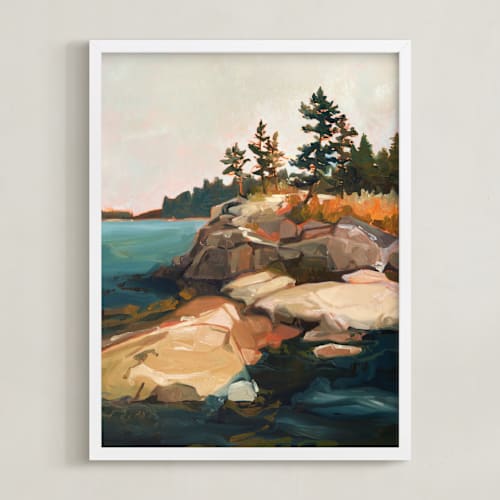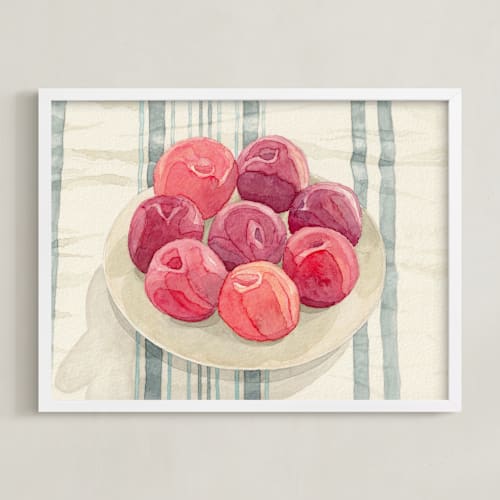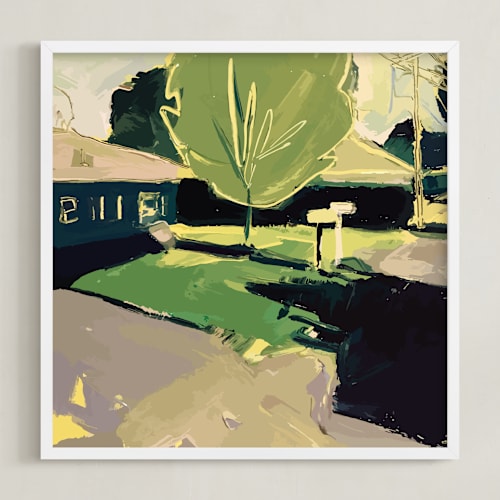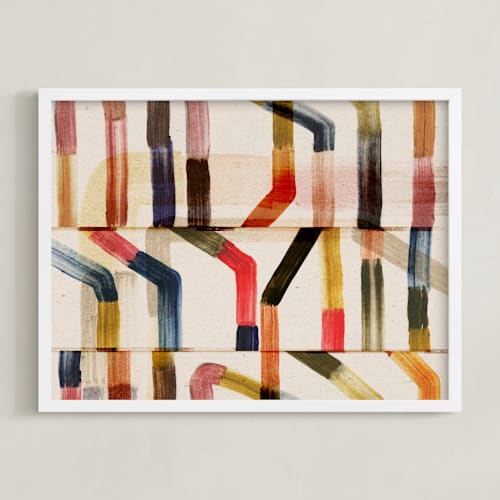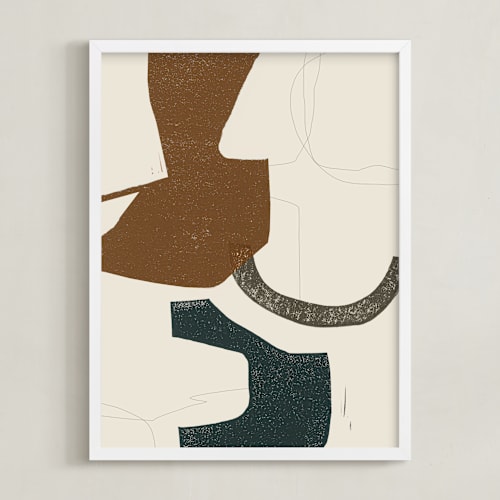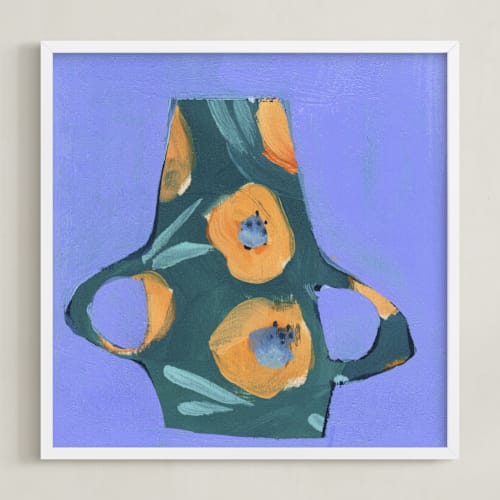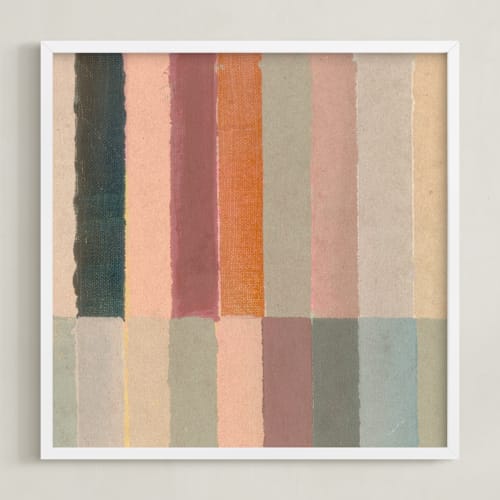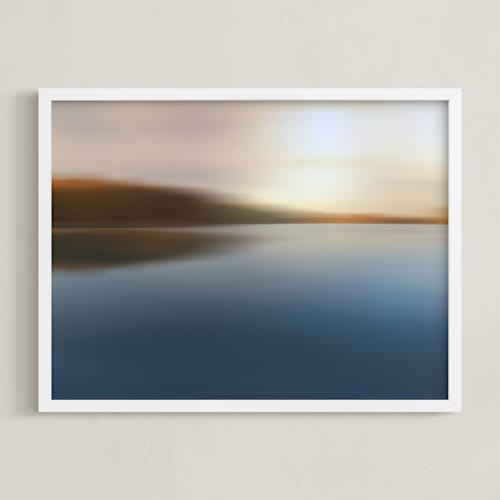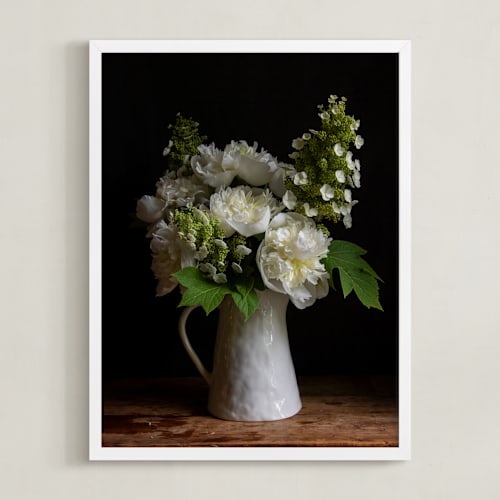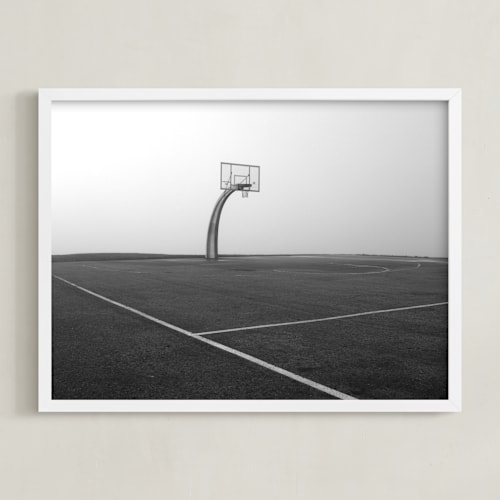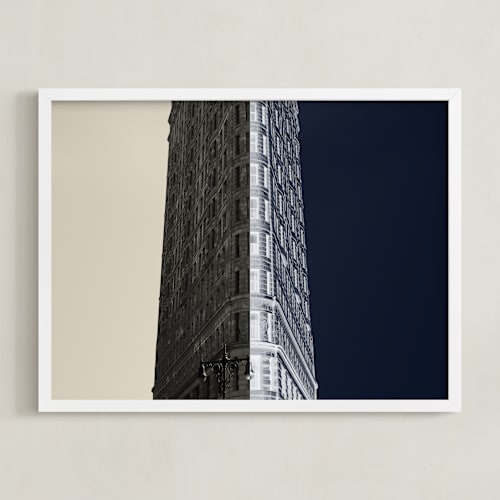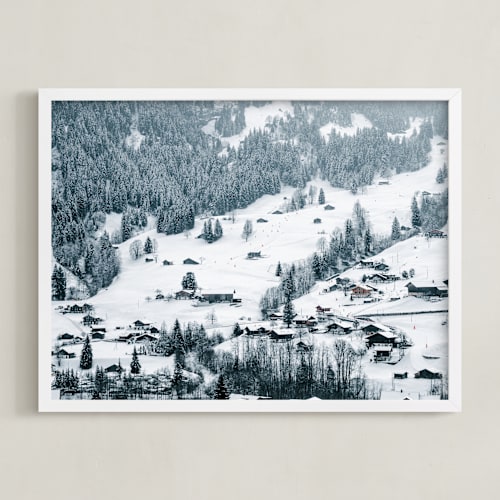NOSTALGIA OF DECADES PAST WITH VINTAGE WALL ART
Looking to the past for home decor inspo? Minted’s collection of vintage wall art prints covers nearly a century of artistic periods. Whether your taste runs toward the impressionism of the 1870s and ‘80s, the art deco of the 1920s and ‘30s, the abstract works from throughout the 20th century or the realism of the midcentury era, you’ll find an array of vintage art prints to suit your sensibilities.
We’ve got tips for choosing the right vintage art print for any room of your home, options for customizing vintage framed art, free styling advice to maximize the visual impact of your space — plus a breakdown of the key elements of every decade represented in our vintage wall art to help you define and refine your personal style.
HOW TO CHOOSE A VINTAGE ART PRINT FOR YOUR ROOM
When you’re deciding which vintage art prints to display in your home, start by thinking about color. Understanding the color wheel and the theory of how certain hues affect us can help you choose wall art that not only suits your space but creates the feeling you want in that room. For example, paintings that feature shades of blue can evoke a sense of calm, making them a great choice for the master suite or guest bedroom. On the other hand, a bustling area like the kitchen could benefit from vintage wall art that’s heavy on reds and oranges, which can inspire energetic responses and a feeling of joy.
As you browse our collection of art prints and wall art sets, vintage periods that favored certain color palettes will begin to surface. Artists through the years have used color for various effects. Here’s a brief rundown of the eras of vintage wall art and the hues associated with them:
- 1870s to 1880s: Impressions of light and its movement required a range of yellows and whites, often paired with pastels and light blues. If this is the style you are going after, explore Minted’s collection of fine art painting prints for more options.
- 1920s to 1940s: The art deco movement was infused with a sense of luxury, opulence and modern technological advances. Gold tones overlay rich reds, oranges and greens, often anchored in inky blacks.
- 1940s to 1950s: The mid-century abstract movement brought an explosion of color to the canvas, often pairing bold primary hues with rigid geometric forms. Within this aesthetic, vintage minimalist art features monochromatic pieces that rely on texture rather than color.
- 1960s to the current era: The American realism style accomplishes recognizable forms with a surprisingly limited palette. Backgrounds tend to be very dark to emphasize the milky whiteness of electrically lit human subjects. Look for stark contrasts and richly layered color.
FRAMING VINTAGE ART PRINTS
Once you’ve chosen an era and color palette, it’s time to pick a size and frame your vintage art prints. Sizes range from 5” x 7” to 48” x 70”, and custom framing options abound.
Wood is the logical match for vintage framed art, but metal frames complement abstract and impressionist aesthetic pieces very well. Consider other decor in your home and the main hues of the artworks to choose the frame material that will complement everything.
You’ve also got options for mounting your prints. Whether you go with a dramatic float mount, crisp matting or a contemporary full-bleed mount for your art prints, vintage style adds dimension and depth to your home.
STYLES FEATURED ON THIS PAGE
Art is a fluid, highly personal endeavor. It makes sense that the way we make, view and appreciate art has changed over time because our cultural values and societal makeup have transformed through the years. Here’s a breakdown of the key elements of the different artistic eras represented in our collection of vintage art prints, as well as major artists you may recognize from each style. Understanding how, when and where these types of artwork originated can help you clarify your personal tastes and choose pieces that match your unique aesthetic. Vintage minimalist art is included in each category, as artists of all eras have attempted to tell their stories in a way that’s quickly and easily understood.
- Impressionism - Main period: 1870s to 1880s. Major artists: Claude Monet, Mary Cassatt, Edgar Degas. Key elements: The depiction of light and its changing qualities was of particular importance to the impressionists, especially as light indicated the passage of time. These open compositions feature small yet visible brushstrokes, an unusual angle or perspective and layers of color, especially moody blues and light-infused yellows.
- Art Deco - Main period: pre-World War I through World War II, roughly 1910 to 1945. Major artists: Reginald Marsh, Diego Rivera, Paul Manship. Key elements: Bold geometric forms, curved lines and bright colors are the hallmarks of art deco paintings. This style was an homage to modern technology and a rejection of romanticism, so form and function took precedence over traditional ideas of beauty. Architectural examples of art deco style include the Chrysler and Empire State buildings in New York City.
- Abstract - Main period: Early 20th century through today with a concentration in post-war America of the 1950s and ‘60s. Major artists: Henri Matisse, Wassily Kandinsky, Jackson Pollock, Willem de Kooning. Key elements: Any artwork that takes liberties with natural forms or colors in conspicuous ways can be called abstract, as the main idea is to depart from reality. Artists use shape, form, color and line in unique ways to appeal to the viewer’s emotions. Paintings often include wild geometric compositions and vivid or odd color combinations. Depending on the artist’s aesthetic, vintage minimalist art may include only one color or very simple shapes.
- Realism - Main period: Early works appear in the 17th century, a major movement began in France in 1848, and American realism arose in the mid-20th century. Major artists: Caravaggio, Gustave Courbet, Edward Hopper, George Bellows. Key elements: Any attempt to represent the natural world realistically, without fictional or supernatural influence, is considered realism. Early works included deep, rich tones with an emphasis on light playing against dark shadows. The American realism movement features slightly flattened images and a color palette that favors primary hues while still depicting a realistic light source.
FREE ART STYLING ADVICE
See how our vintage art prints will look in your home with our mobile-only augmented reality tool. Virtually adjust the angle or position, and save the image so your friends and family can weigh in on your choices.




